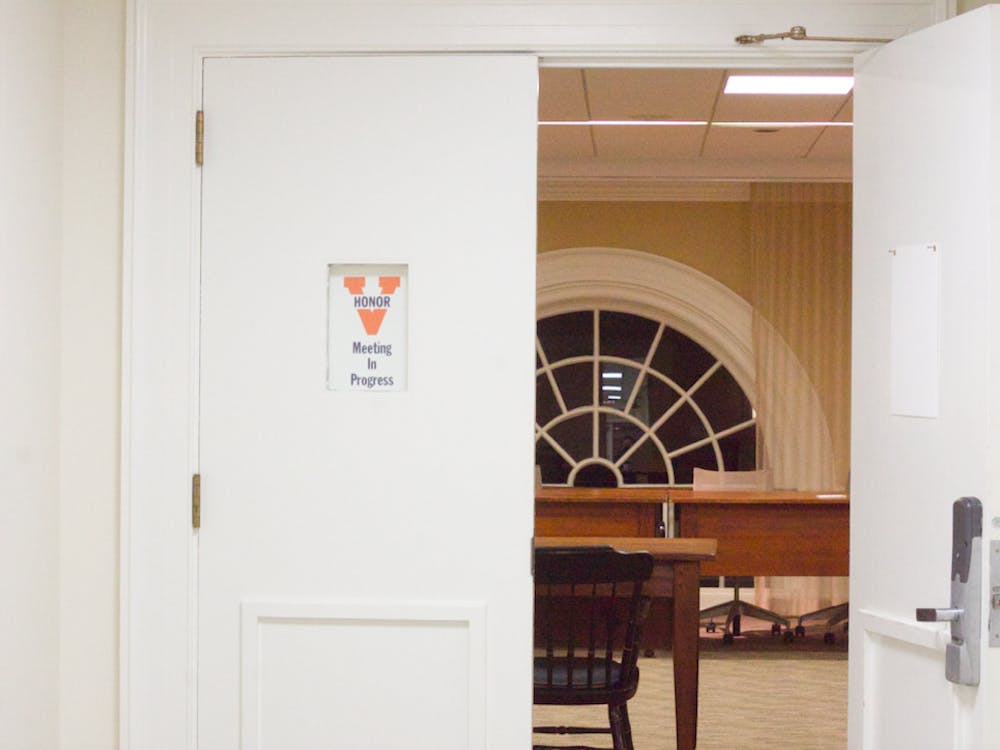Last week, in a striking rebuke of the Republican party in the age of President Donald Trump, Ralph Northam was elected to be the next Governor of Virginia over Republican Ed Gillespie by a margin of almost nine percent. This win was powered by high turnout among Northern Virginia voters. Pulling these voters to the Democratic Party has been instrumental in helping Virginia trend leftward in recent statewide elections. Virginia Democrats have done this by running largely moderate and pragmatic candidates like Sen. Mark Warner (D-Va.) and Governor-elect Northam in statewide elections. Virginia Democrats have capitalized on the growing disenchantment of educated voters with the Republican Party. In order to elect more Democrats, the national party must focus on these highly educated moderate voters. What occurred in Virginia has the potential to serve as a blueprint for larger Democratic gains in future elections.
Though it was not as pronounced, this trend of educated voters moving to the Democratic Party occurred nationally in the 2016 Presidential election as well. In that election, Hillary Clinton did well among college-educated voters, winning about 52 percent of the vote in that demographic. This is a higher share of Americans with college degrees than former President Barack Obama won in 2012. She also ran up huge margins in the most educated counties in the country. With Trump’s poll numbers strikingly low among educated voters, Democrats have an opportunity to build on Clinton’s existing support among these voters. Ignoring these numbers would mean a very difficult road back to power for the Democrats as they try to retake the House of Representatives in 2018.
Many critics of this strategy point to Democrat John Ossoff’s loss in Georgia’s sixth congressional district, a traditionally Republican seat, as evidence of the faults in this strategy. In that race, Ossoff failed to build on Clinton’s surprisingly close numbers in a normally red district. Though it is unfortunate Ossoff was not victorious, he came within striking distance of taking a district which former Human Health and Services Secretary Tom Price held by 23 percent. This is an incredibly large gap that was closed in the span of less of a year. Democrats should not count that as a failure, but rather as an indication of a growing opportunity. The evidence clearly indicates the potential gains of moving the party closer to the middle and focusing on pragmatic policies that wide swaths of the electorate can get behind. With many of these educated voters becoming increasingly alienated by the Republican Party, it would be crazy for the Democrats to not capitalize on their disaffection.
Now that this strategy was successfully executed in Virginia, Democrats should empower moderate candidates in states with similar proportions of educated voters. One example that comes to mind is the Arizona Senate race to replace retiring Sen. Jeff Flake (R-Ariz.). In that race, Democrats have a fantastic moderate candidate, current Rep. Krysten Sinema (D-Ariz.). Also in this race, Democrats have a perfect foil in Republican Arizona State Sen. Kelli Ward, who is unabashedly pro-Trump. This gives Democrats the opportunity to present a real alternative to populism by backing a moderate candidate who can bring disillusioned suburban voters into the party. However, the effort should not stop in Arizona. Going forward, Democrats should aggressively recruit candidates in these states who will appeal to swing voters and even former Republicans.
As Trump panders more and more to his base, he loses educated voters who were once the bedrock of the Republican Party. By moving to the middle, Democrats can capture these voters who increasingly find themselves at odds with the party they once loyally supported. As white working class voters who were once reliable Democrats increasingly leave the party, it is important that the Democratic Party adapt by moving to the center. The Democratic Party should not succumb to populism like the Republican Party, but instead offer pragmatism and stability. America is at the precipice of a political realignment, and it is up to party leaders to decide how they will take advantage of the opportunity it presents. Instead of chasing after voters who have clearly left the Democratic Party and are not coming back, Democrats should provide a home for new voters who have become disillusioned by what the Republican Party has become. It is clear that Democrats have the momentum to bring in these voters, their success just depends on whether they recognize this opportunity and have the political will to act on it.
Jacob Asch is an Opinion columnist for The Cavalier Daily. He may be reached at j.asch@cavalierdaily.com.






